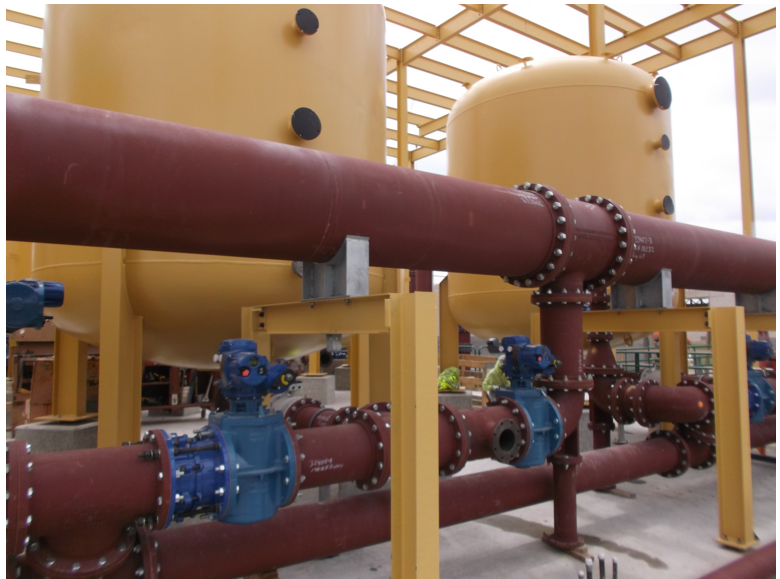Home > Service

Arsenic widely exists in nature, distributed in a variety of minerals, usually with sulfur and metal elements coexist, the metal smelting process is leached.Arsenic is a highly toxic
substance and belongs to the first class of pollutants. Currently, the maximum allowable discharge concentration of arsenic in China's wastewater is 0.5mg/L, and the wastewater containing arsenic can only be discharged into the environment after treatment.
At present, the treatment methods of arsenic wastewater mainly include chemical precipitation, physical adsorption and microorganism.Chemical precipitation method mainly includes neutralization precipitation method, flocculation precipitation method and sulfide method, etc., which is suitable for the initial treatment of high-concentration arsenic wastewater, but it is difficult to meet the discharge standards for arsenic treatment, and further removal of arsenic is needed to make the wastewater discharge meet the standards.When arsenic reaches a very low concentration, it can be removed by ion exchange resin.
AS600 is a resin specially designed to remove arsenic. It is highly selective in removing arsenic from groundwater and is suitable for fluctuating PH and TDS water quality.The product's high selectivity to arsenic means that the amount of residual arsenic in the treated water is much lower than the 10ppb limit specified for drinking water.
Ion exchange resin often contains solvent, did not participate in the polymerization of substances and a small amount of low polymer, may also absorb iron, copper, aluminum and other metal ions, when the resin and acid or other solutions contact, the above soluble impurities, will be transferred into the solution, in the early use, pollution of the water quality.Therefore, the new resin should be pretreated in the ion exchange equipment before use.
The pretreatment of Cation Exchange Resin:
1.Use Saturated salt water, the amount is 3 times of the resin to be treated,Soak the resin in salt water for 18-20 hours,Remove the Salt water, Rinse with clear water so that the discharge water is not yellow.
2.Use 2-4% NaOH Solution,The amount is 3 times of the resin to be treated. Soak for 4 hours, remove the alkali liquor ,then Wash to neutral.
3.Last,Use 5% Hcl Solution,the amount is 3 times of the resin to be treated, Soack for 4-8 hours, remove the acid liquid, then wash to neutral.
The pretreatment of Anion Exchange Resin:
1. Use Saturated salt water, the amount is 3 times of the resin to be treated,Soak the resin in salt water for 18-20 hours,Remove the Salt water, Rinse with clear water so that the discharge water is not yellow.
2.Use 5% Hcl Solution,the amount is 3 times of the resin to be treated, Soack for 4-8 hours, remove the acid liquid, then wash to neutral.
3.Use 2-4% NaOH Solution,The amount is 3 times of the resin to be treated. Soak for 4 hours, remove the alkali liquor ,then Wash to neutral.
